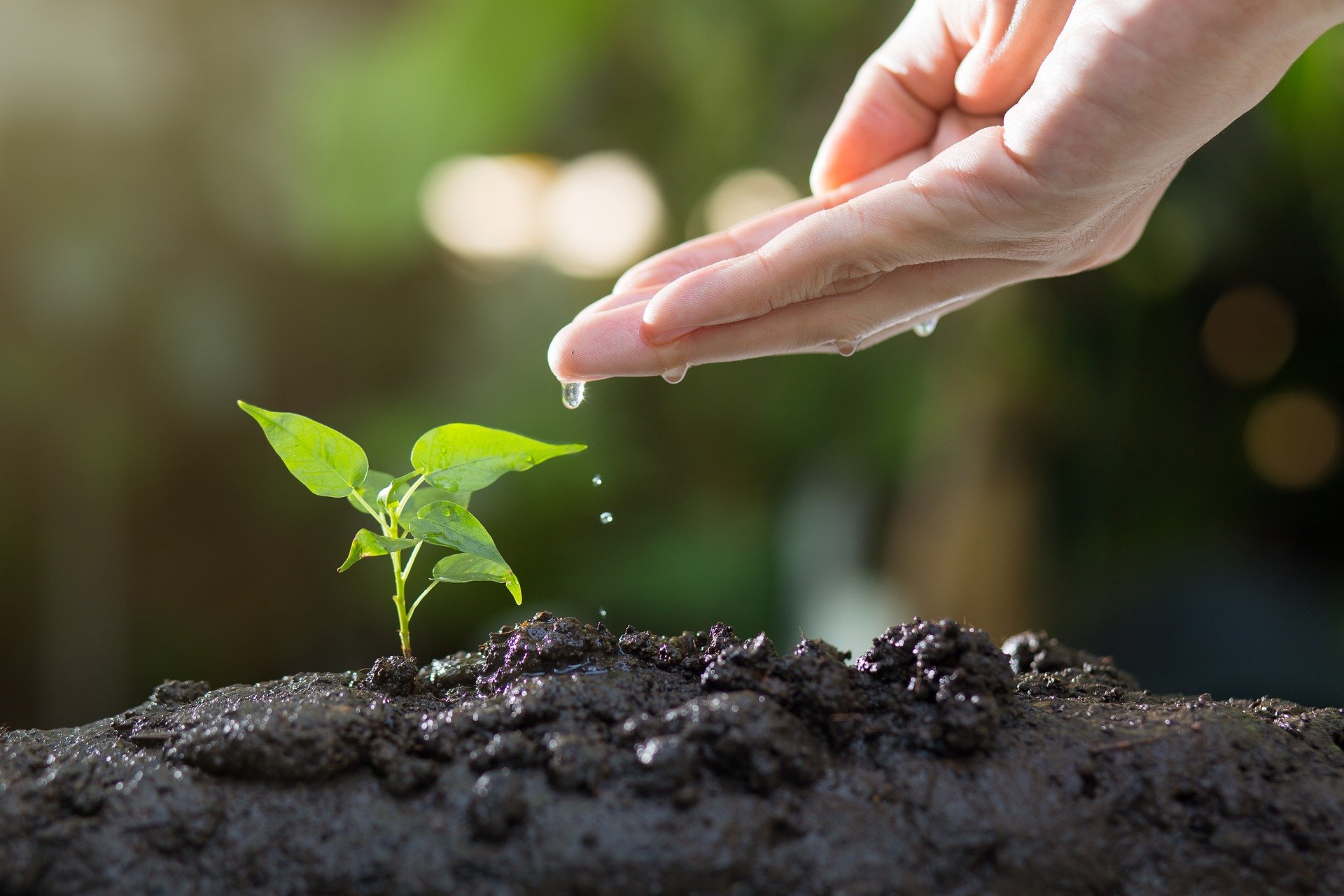Natural pest management methods that protect plants and pollinators
Natural pest management focuses on plant health, habitat diversity, and practices that protect pollinators. Techniques such as composting, mulching, careful irrigation, and selective pruning help reduce pest outbreaks while supporting biodiversity in yards, containers, and planted borders.

Natural pest management methods that protect plants and pollinators
Managing pests naturally means prioritizing plant health and the wider ecosystem so pollinators and beneficial insects thrive alongside cultivated plants. Effective strategies combine cultural practices, habitat features, and targeted nonchemical controls to reduce pest pressure. This approach supports sustainability, enhances soil health, and reduces the need for disruptive pesticides, making landscapes and container gardening spaces more resilient and productive for people and wildlife alike.
How does sustainability shape pest management?
Sustainability reframes pest management as long-term ecosystem stewardship rather than short-term eradication. By choosing native plants, reducing chemical inputs, and promoting biodiversity, gardeners create conditions where natural predators and pollinators can regulate pest populations. Sustainable choices include rotating crops, diversifying plantings, and designing landscapes that conserve water and resources. These practices reduce pest outbreaks over seasons and contribute to overall landscape resilience while supporting pollinators and other beneficial organisms.
Can composting improve soil health?
Composting returns organic matter and nutrients to the soil, improving structure, drainage, and microbial activity—factors that make plants less vulnerable to pests. Healthy soil supports stronger root systems and better nutrient uptake, which in turn can reduce susceptibility to insects and disease. Use finished compost to amend beds and container mixes, and compost plant residues that are not diseased. Regular incorporation of compost directly supports soil health and is a foundational practice for integrated pest management.
How do mulching and irrigation help?
Mulching suppresses weeds, retains moisture, and moderates soil temperature, all of which reduce plant stress and limit pest-friendly conditions. Organic mulches break down to feed soil life, reinforcing soil health. Complement mulching with efficient irrigation—deep, infrequent watering or drip systems—to avoid excess surface moisture that favors fungal issues and certain pests. Properly placed mulch and irrigation should also account for pollinator needs by preserving small bare patches or flowering groundcovers used by ground-nesting pollinators.
What pruning practices protect pollinators?
Pruning promotes airflow, removes damaged growth, and helps plants allocate resources to healthy tissues, lowering pest incidence. Time major pruning outside peak bloom periods so flowering resources for pollinators remain available. Use clean, sharp tools to reduce damage, and avoid excessive cutting that stresses perennials and shrubs. Retain some seedheads, stems, or leaf litter through winter where safe to do so; these features provide shelter for beneficial insects and overwintering pollinators while allowing for targeted cleanup in early spring.
Does container gardening affect pests and pollinators?
Container gardening offers control over soil mixes, drainage, and placement, which can limit many common pest problems. Containers allow rapid removal or isolation of infested plants and facilitate targeted watering and feeding that maintain plant vigor. Include flowering plants in containers to provide nectar and pollen for pollinators, and choose mixes rich in organic matter for strong root growth. Containers near borders of perennial plantings can act as pollinator stepping stones, enhancing biodiversity even in small spaces.
How do perennials, succulents, and landscaping support biodiversity?
Perennials and succulents each contribute to resilient landscapes that require fewer interventions. Perennials provide predictable bloom sequences that sustain pollinators across seasons, while succulents offer drought-tolerant structural diversity and reduced irrigation needs. Thoughtful landscaping—layered plantings, native species, and varied bloom times—attracts natural enemies of pests and increases biodiversity. Small habitat elements like log piles, hedgerows, and nectar strips further support beneficial insects, creating a balanced environment less prone to explosive pest outbreaks.
Natural pest management that protects pollinators combines preventive cultural measures, habitat enhancement, and selective nonchemical interventions. Emphasizing composting, mulching, correct irrigation, and considerate pruning builds soil health and plant vigor, reducing the need for pesticides. Whether tending containers, perennials, or broader landscaping, designing for diverse plant communities and pollinator resources fosters ecological balance and long-term garden resilience.





